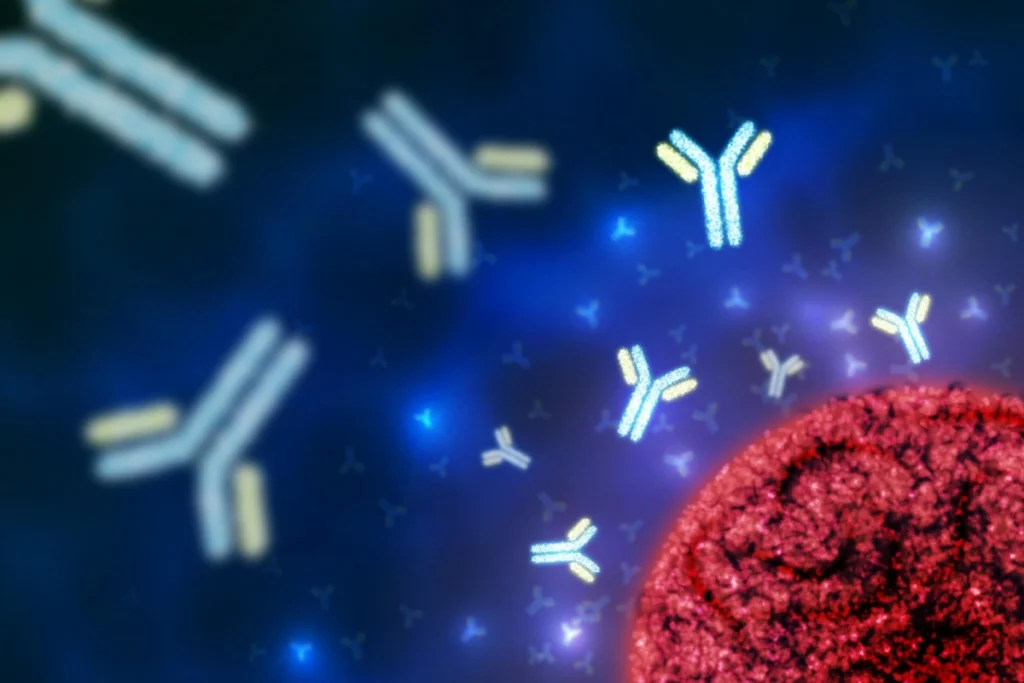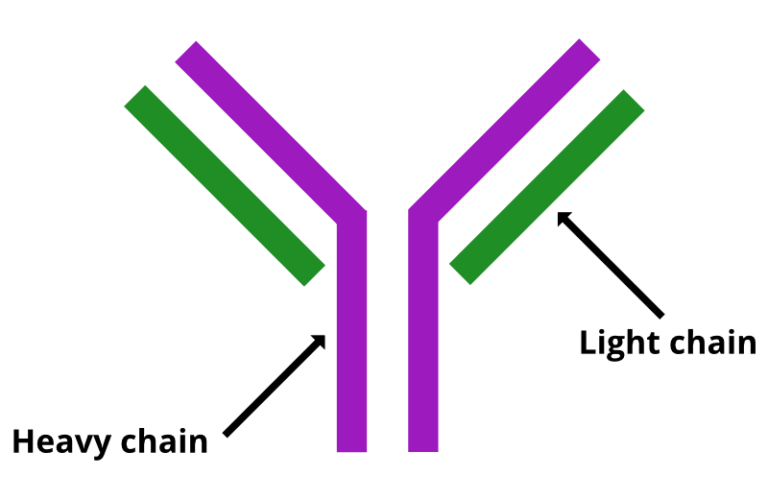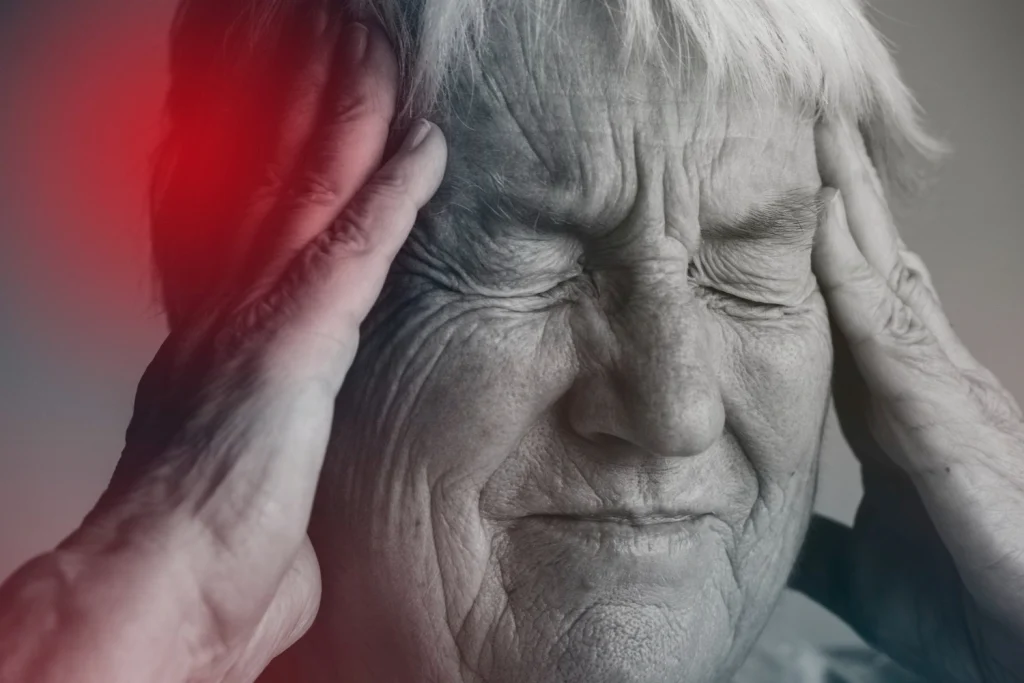ASCT is another treatment option for AL amyloidosis patients. This can be a long and challenging process and is therefore usually appropriate only for those who have been diagnosed early and are in relatively good health.
The first stage involves collecting or ‘harvesting’ your stem cells. The word ‘autologous’ refers to a persons own cells (as opposed to using cells from another person). Before the harvest you’ll be given some medicine to boost the number of stem cells in your blood, and about 5 days later you’ll have a blood test to see if there are enough stem cells in your blood, and if there are, the harvest will begin. You’ll have a needle inserted in a vein in each arm, and tubes like those used for a drip will connect you to a cell separator machine (that looks a bit like a dialysis machine). The cell separator draws out the blood from your one of your arm veins, passes it through a filter that ‘catches’ the stem cells, and then returns the blood to you via the other arm. This procedure usually lasts a few hours, and may be repeated the next day if there weren’t enough stem cells collected on the first attempt. This process may sound scary and invasive but it is painless and apart from nurses and doctors buzzing around, you should be able to read a book or watch a film while its going on.
Stage two of the process can be more challenging. Here you will be given a regimen of high-dose chemotherapy to kill the abnormal plasma cells in the bone marrow. High-dose melphalan is the medicine of choice for ASCT as is highly effective at killing the abnormal cells. However, melphalan will also kill healthy cells in the bone marrow which weakens the immune system, making you more prone to infections. During this period when your immune system is low, you’ll be advised to mimimise contact with other people as you’ll be susceptible to infection, and even the mildest infection could make you quite sick. Your doctor may prescribe protective antibiotics to lower your risk of infection during this time and until your immune system is back to normal.
The final stage of ASCT involves transplanting or returning your stem cells into your bloodstream through a drip via a vein. This is usually a painless process and can take a few hours. Once your stem cells reach your bone marrow they will start to make new cells, and that can happen over a period of about two weeks.
For more information about treatments for AL amyloidosis see the Myeloma UK and Amyloidosis Research Consortium websites.




